Multilingualism on the Web
Multilingualism on the Web
This study is divided into four parts: multilingualism, language resources, translation resources, andlanguage-related research. It isbased on many interviews.
Book Excerpt
vices (Unité de recherche et de service), we have to find clients for our computer products, the best known being the textual database FRANTEXT. I think FRANTEXT was already on the Internet [since early 1995], and there was also a prototype of the volume 14 of the TLF [Trésor de la langue française (Treasure of the French Language), by Jean Nicot, 1606]. Therefore it was necessary for INaLF activities to be known by this means. It corresponded to a general need."
Every non-English language community is working for its language to be represented on the Web and for the international Internet to be multilingual. As an example, a non-profit organization created by the Government of Quebec, the Centre d'expertise et de veille Inforoutes et Langues (CEVEIL) (Centre of Expertise and Awareness for Information Highways and Languages) is setting up, in a more specifically French-oriented approach, an expertise network and some awareness-raising activities on the language problems of informat
Editor's choice
(view all)Popular books in Non-fiction, Post-1930, Language
Readers reviews
0.0
LoginSign up
Be the first to review this book
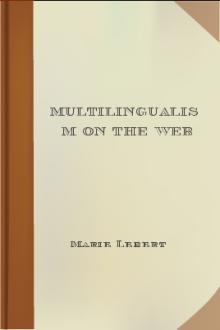
 Free Download
Free Download













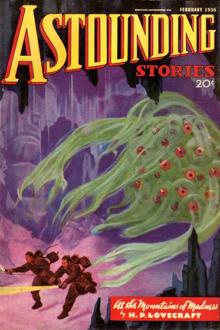



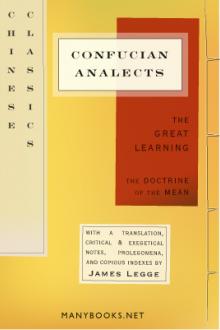
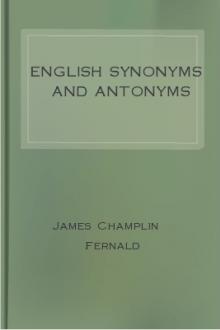
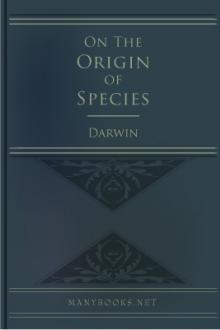


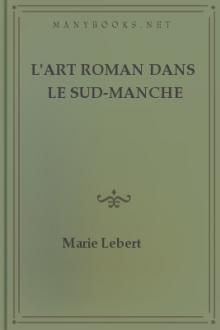




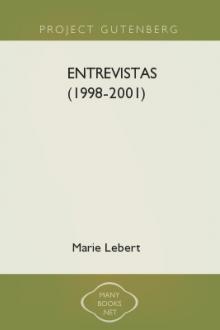
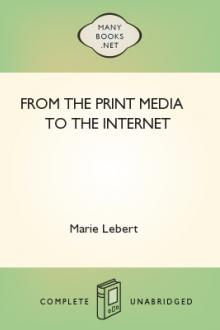

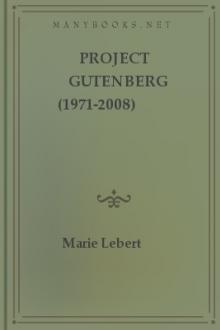

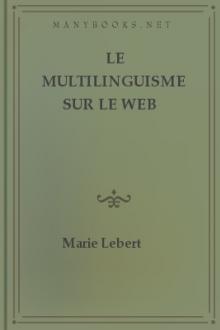

-itok=vcKIB5v1.jpg)